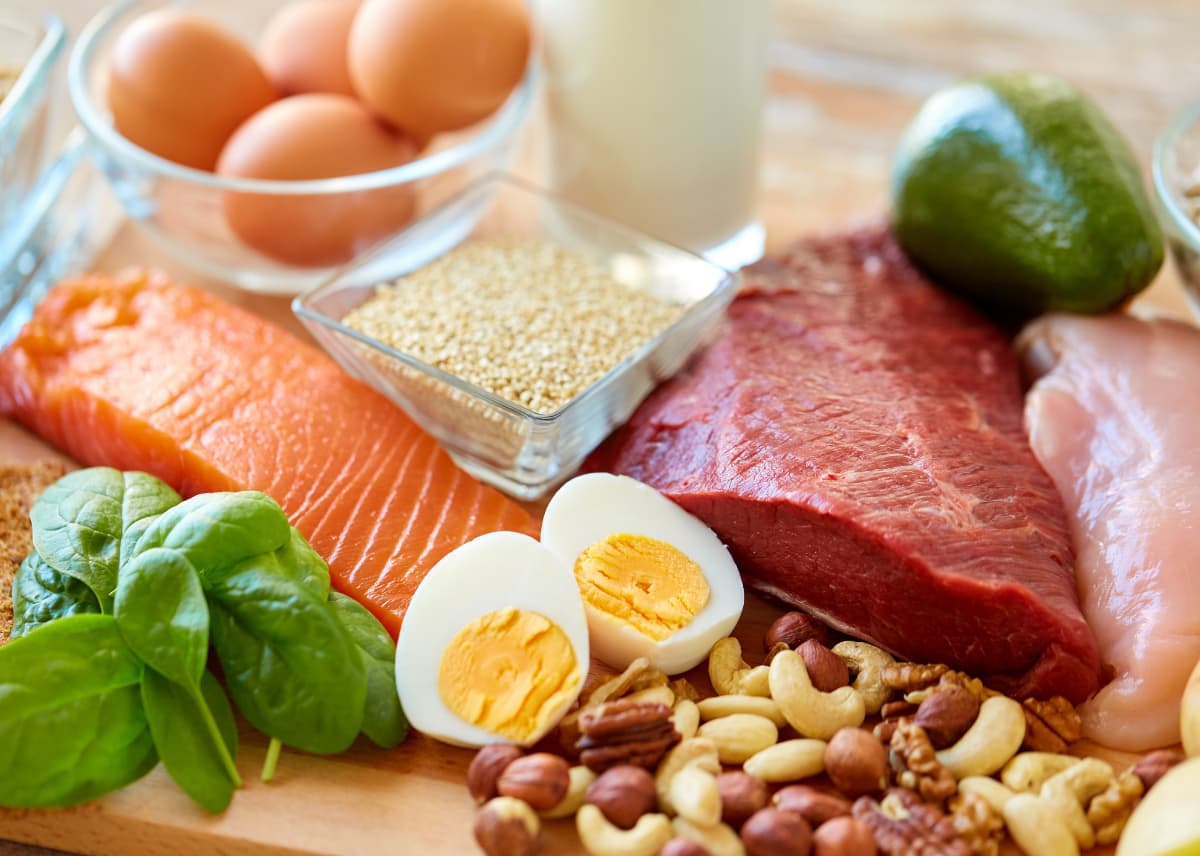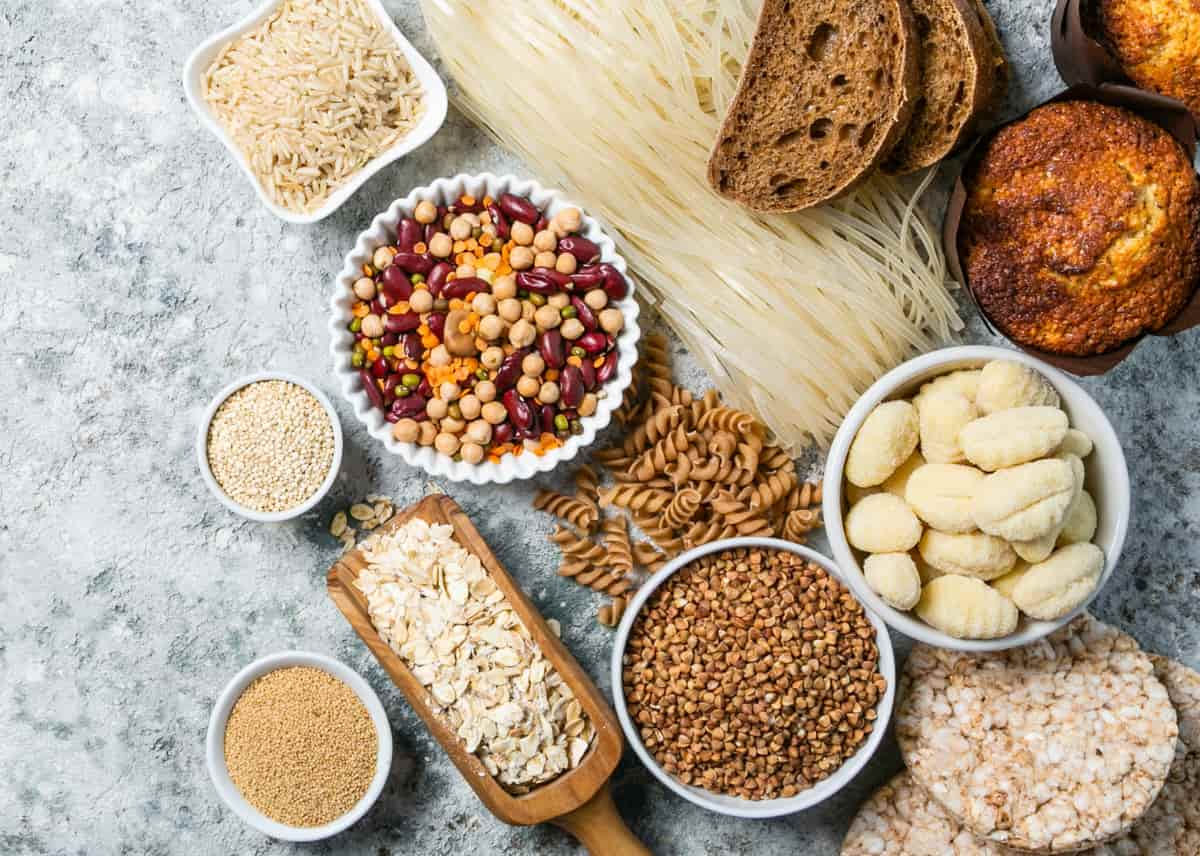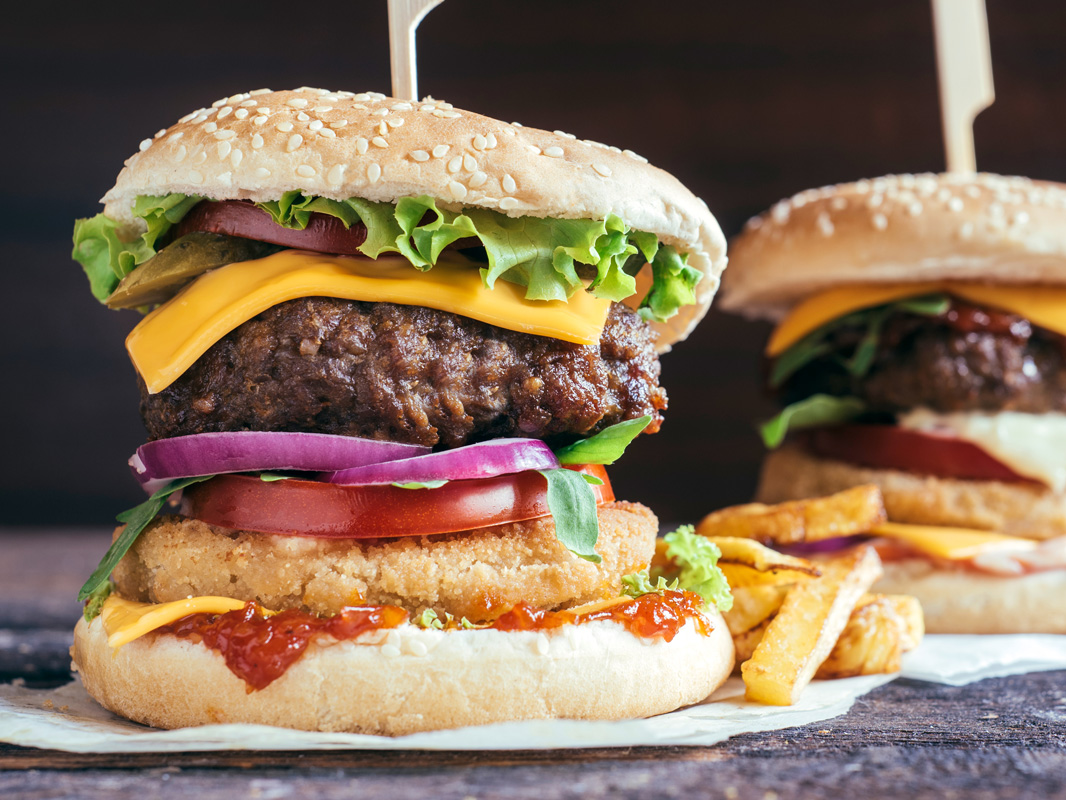Coming off a restrictive diet after completing a goal such as a physique or fitness show, or just getting in shape for beach season can lead to diet rebound and excessive weight gain if you’re not careful. What and how much you eat is extremely important post-goal if you want to maintain the body you spent so many hours working on. Diet rebounding occurs when you eat too much, do too little exercise and drastically change your macronutrient ratios. Not sure what to do or where to start, follow these simple strategies to avoid diet rebound for good.
Keep Your Protein High

Protein is paramount no matter if you’re following a restrictive diet focused on physique development or just want to maintain your muscle mass. For one protein is thermogenic, which means it takes more energy to burn off and utilize versus other foods of the same caloric value. In fact, the more protein you have in your diet the greater the thermogenic effect, as protein also has an important effect on satiety or hunger.
Protein plays a key role in body weight regulation by helping you maintain more lean mass, and One study showed that exchanging carbohydrates for protein resulted in diet-induced thermogenesis (DIT) from 10.5% to 14.6%. Although you may be tempted to eat more carbs after you come off an ultra-restrictive diet, the result can be a thermogenic slowdown. Avoid this by keeping your protein to at least 40% of your macronutrients.
Use Reverse Dieting to Avoid Diet Rebound

If you’re coming off a restrictive diet, you’re probably experiencing endless hunger no matter how much you eat. This can lead to binge eating, caused by eating food your body is just not use to.
If you have been following a low carb diet for an extended period of time your blood glucose levels will be low, not to mention your insulin will be extremely receptive. If you start introducing an abundance of calories, particularly carbs this will result in large increases in blood glucose levels, which will be followed by large energy drops, leading to a cycle of hunger and cravings for sugar!
By slowly adding calories back into your diet you can avoid overeating on carbs and calories and avoid huge spikes in energy and hunger. Try adding in small amounts of calories each week; this will help your body adjust better to the transition, avoiding significant weight gain in the process. Start by adding 100 extra calories to your current base diet.
Remember: 500 extra calories everyday is equal to 3500 calories or 1 pound of fat! Weight maintenance calories should be approximately 12 to 15X your current weight in pounds depending on your activity level.
Use the Carb Cycling Method

Carb cycling is a method that cycles between low and high carb days, switching between high and low days keeps the body’s metabolism responding. Low days will keep your body utilizing what you put in, while high carb days can spike blood glucose levels, re-store muscle glycogen and ultimately keep your metabolism firing.
Your macronutrient ratios on low carb days should be in the range of 40 percent protein, 20 percent or fewer carbs, and about 30 percent or more fat. On high carb days, this range can switch to 50 percent or more carbs, about 30 percent protein, and about 20 percent or less fat depending on your current condition and activity level.
Aim to keep on a low carb diet for about 5 days, before switching to a high carb day. You can also up your calories on the high carb day. This will not only help with keeping your metabolism firing but it will also keep you psychologically satisfied, knowing you can eat something that can satisfy your carb cravings.
Eat More Frequently

Eating every 3 hours can keep your blood glucose levels maintained, and ultimately keep insatiable cravings for sugar to a minimum. It has also been shown that eating more frequently can influence body composition and performance, although it will not increase metabolism.
The best result of eating frequently is that it will keep your hunger to a minimum. Be sure to eat within the first hour of getting up to break your fast and kick start the metabolism, then eat every 3 hours after that.
Make sure each meal contains some protein and complex carbs that are high in fiber. Food combinations like this help slow down digestion, allowing a steady flow of nutrients to your system that maintain energy levels and reduce hunger.
Your diet should contain plenty of green vegetables, non-starchy root vegetables, whole grains and fiber rich fruit, along with lean proteins such as whole eggs, poultry, lean red meat and low fat dairy such as whey protein. Don’t forget to also include healthy sources of fat such as avocado, nuts, olives, olive oil, coconut oil or seeds.
References:
Benardot D, Martin DE, Thompson WR, Roman SB. Between-meal energy intake effects on body composition, performance, and total caloric consumption in athletes. Med Sci Sports Exer. 2005. 37(5): S339.
Westerterp KR, Wilson SA, Rolland V: Diet induced thermogenesis measured over 24 h in a respiration chamber: effect of diet composition. Int J Obes Relat Metab Disord. 1999, 23 (3): 287-92.




Leave a reply